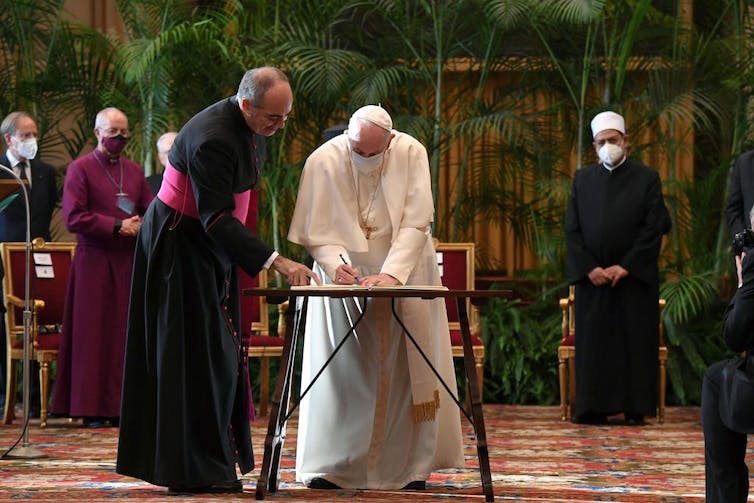The
latest package for Ukraine, announced on Dec. 27, included $250 million in artillery, air defenses and other weapons.
Wallander spoke to reporters after a virtual meeting of the U.S.-led Ukraine Defense Contact Group, a coalition of international military and defense chiefs focused on supporting Ukraine. The Pentagon typically announces major packages of aid for Ukraine after each contact group meeting, but that was not the case on Tuesday due to the lack of a supplemental.
DOD had started parceling out aid in smaller packages this past fall in anticipation of the funds drying up, Wallander said. While the U.S. is still delivering weapons to Ukraine from the most recent tranche of aid, that slowdown had already begun affecting the Ukrainian military’s planning and operations, she added.
Now, the Ukrainian government has told the Defense Department it is concerned that units are running low on ammunition, Wallander said.
“Without funding, we would not be able to match the pace that we have provided Ukraine with since the start of this conflict,” Wallander said.
DOD can continue to fill existing orders under contract by using funds from the Ukraine Security Assistance Initiative. But that is on a smaller scale than the weapons DOD had been providing directly from existing stocks, Wallander said.
That’s why the Pentagon is focused on “the need to answer Congress’s questions so that they are able to move forward on a decision to pass a supplemental,” she said.
Pentagon spokesperson Maj. Gen. Pat Ryder also said the lack of funding forced the Pentagon to “pause” sending additional weapons from its inventories “given the implications for our own military readiness.”
“This of course prevents us from meeting the most urgent battlefield needs, to include things like artillery rounds, anti-tank weapons, air defense interceptors,” Ryder told reporters Tuesday.
The lack of additional funding also prevents DOD from being able to provide Ukraine the systems and equipment it needs to build its military over the long term, as well as to help them sustain the systems the U.S. has already provided, Ryder added.
“The conflict hasn’t died down,” Wallander said. “And in fact, the intensity remains high based on Russian activity.”
Russia has continued to bombard Ukrainian soldiers and civilians with ballistic and cruise missiles, as well as attack drones, to try to overwhelm their air defense capabilities, Wallander said.
In addition to ammunition and artillery shells, Ukraine urgently needs interceptors to defend against the Russian attacks, she said.
One piece of good news is that the international effort to provide F-16 fighter jets to Ukraine is continuing on pace, Wallander said. Several Ukrainian pilots are being trained at an Air Force base in the U.S., and the aim is for Ukraine to begin operating the jets later this year.




